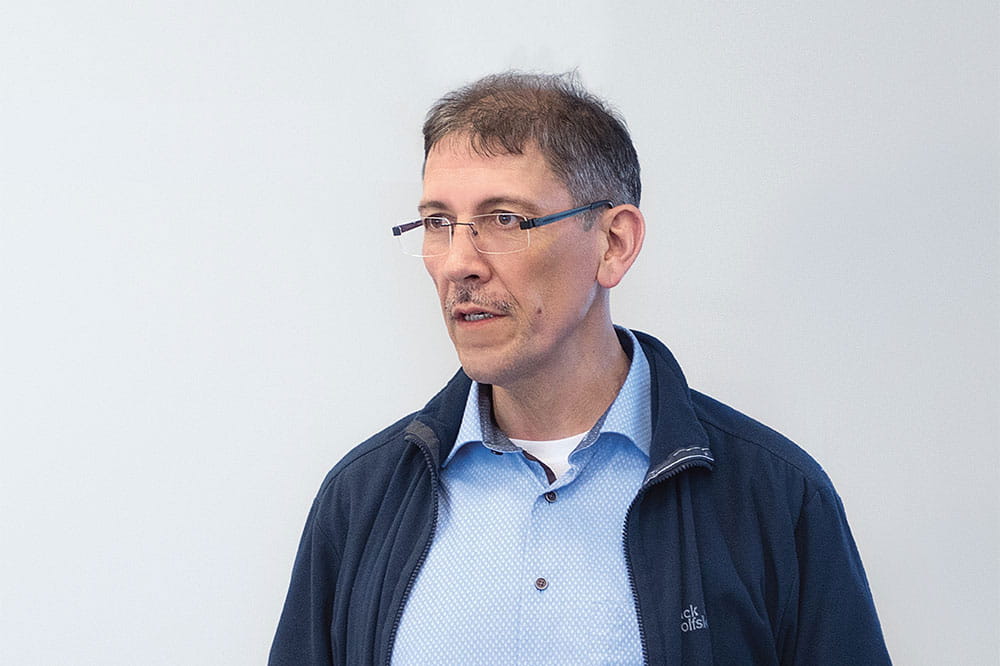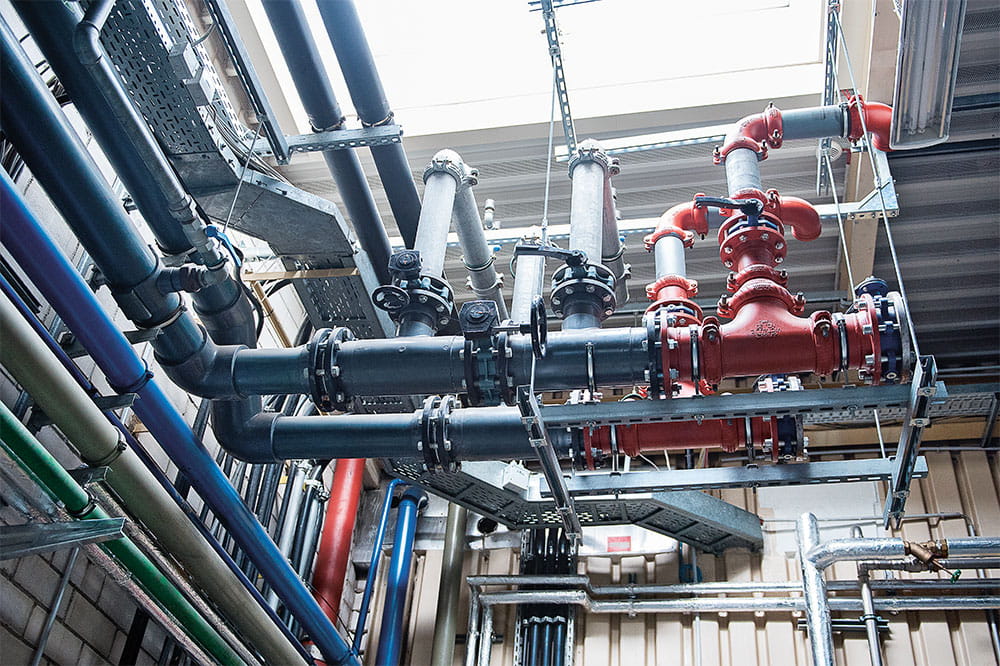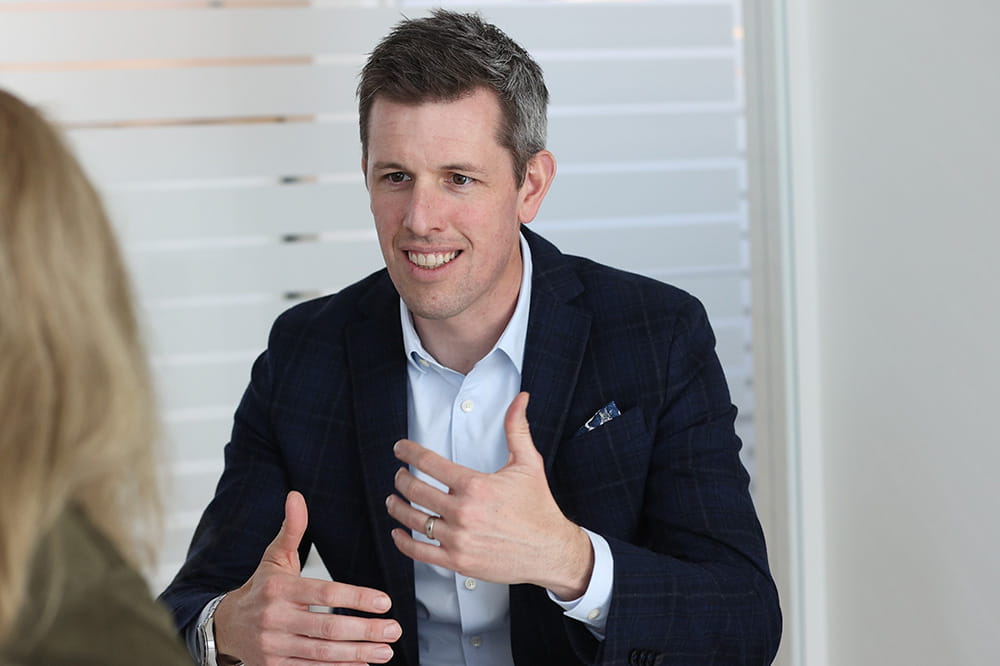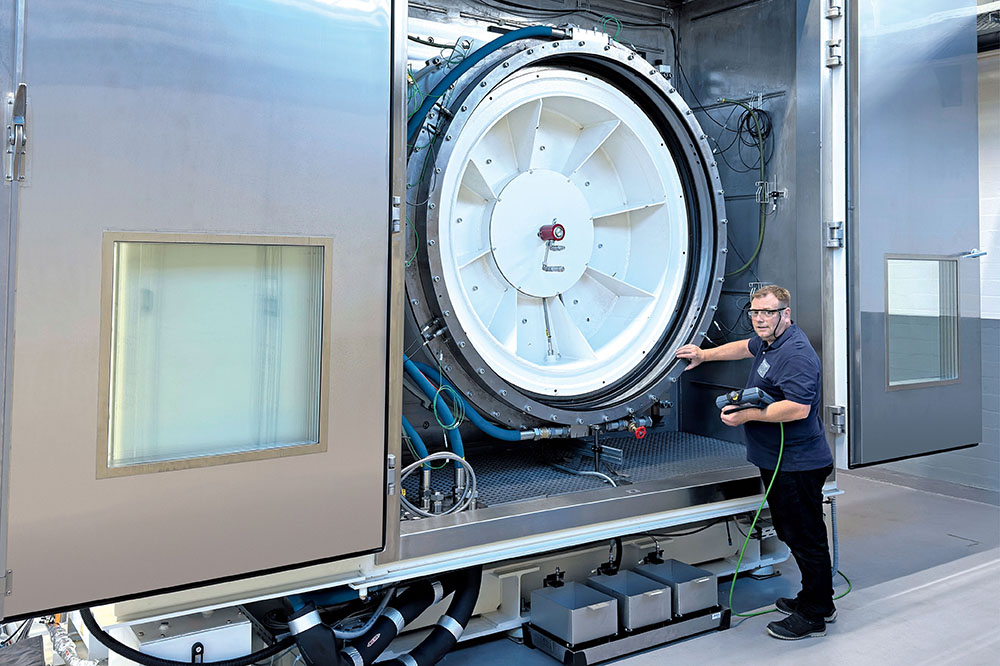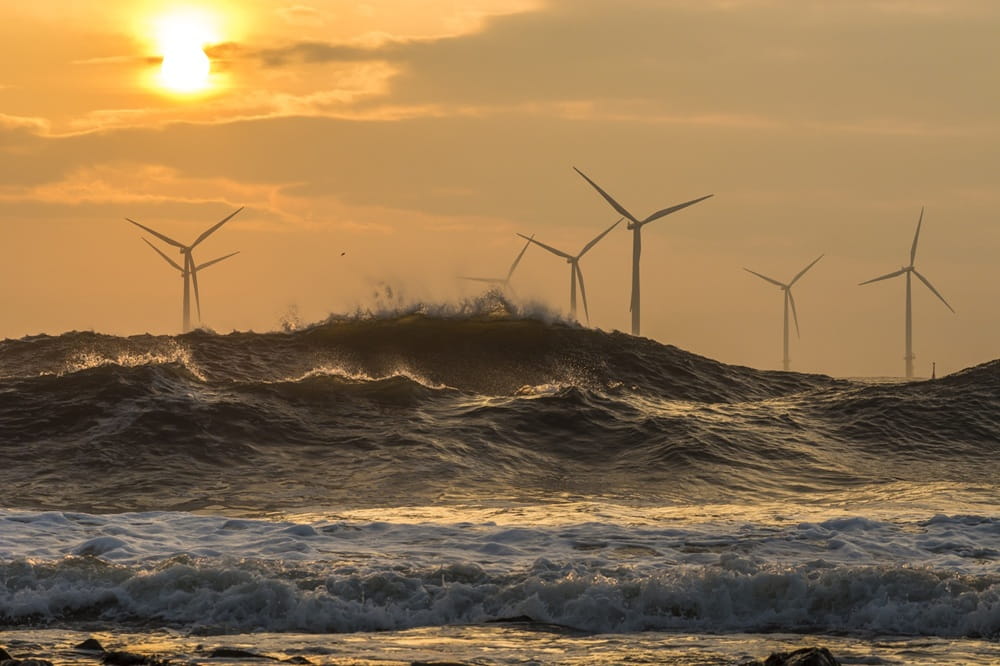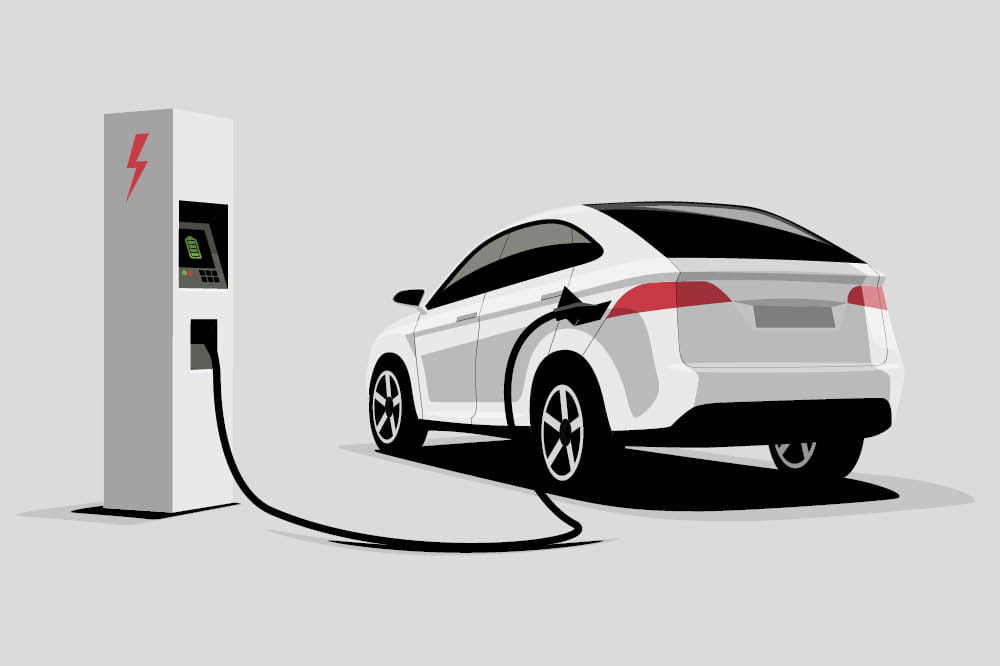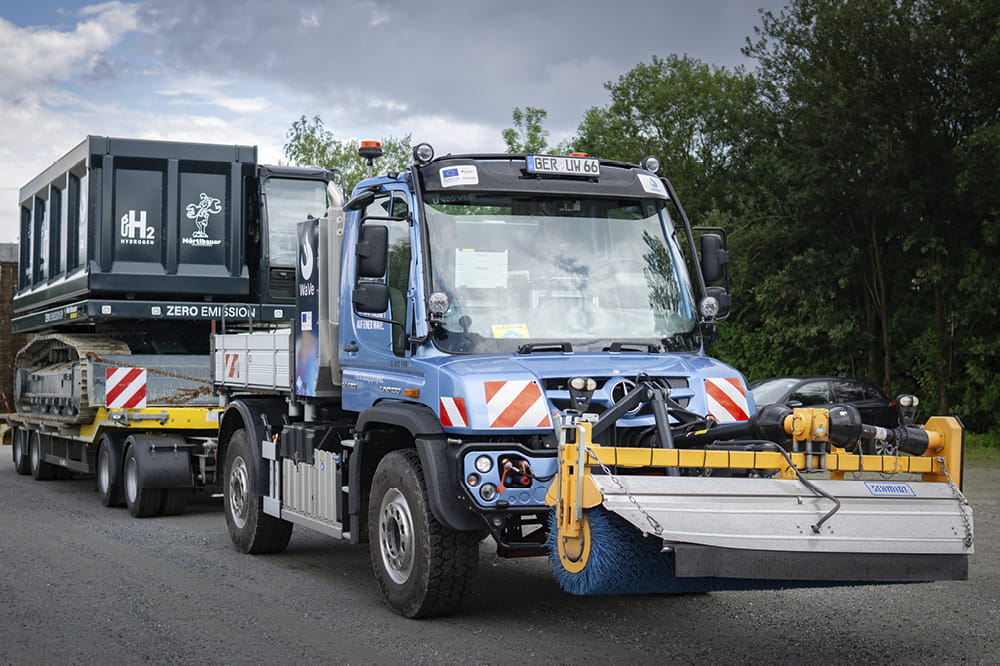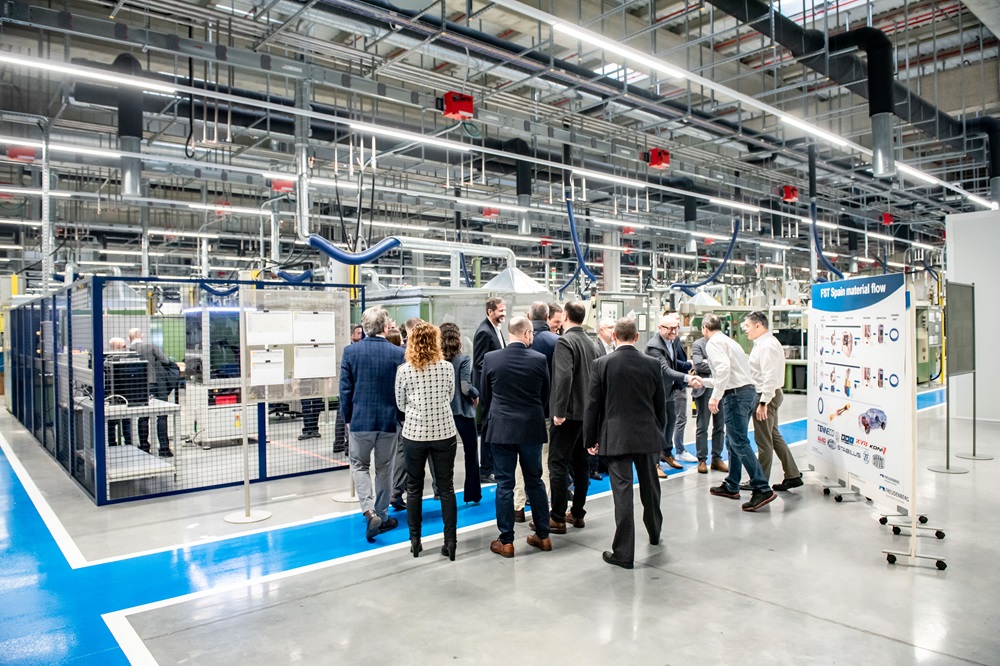Obtain news and background information about sealing technology, get in touch with innovative products – subscribe to the free e-mail newsletter.
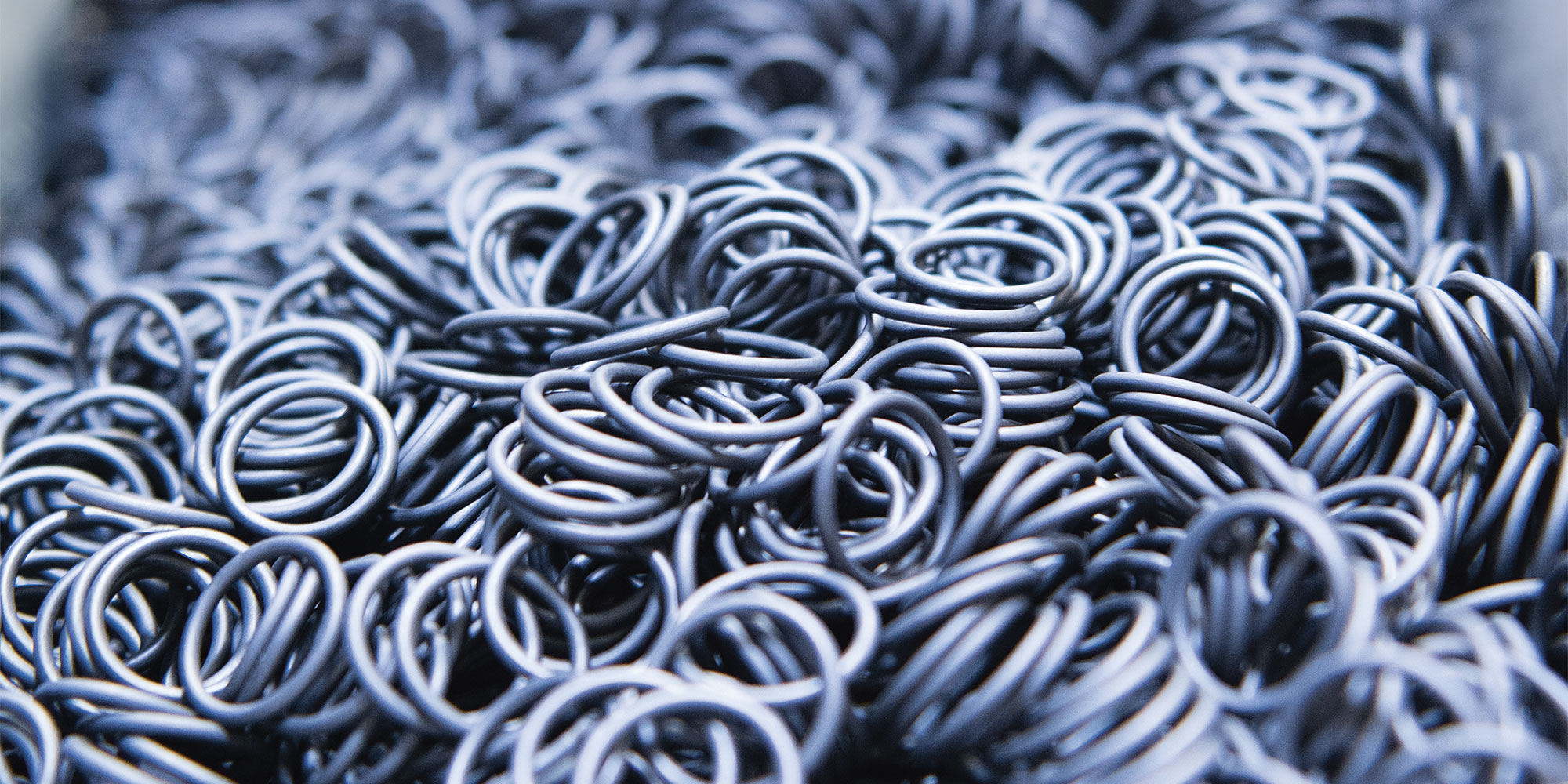
10.07.2018 | Story
Supply and Demand
Production and consumption must be equalized within seconds on the grid. That’s why the demand for electricity needs to become more flexible as variable energy sources such as solar and wind power become more widespread. This flexibility has already arrived at Freudenberg Sealing Technologies’ Oberwihl plant in Germany.
The red digits are changing quickly. The operator, Günter Kaiser, takes a close look at the digital dial. The figure is fluctuating between 1,500 and 1,700 kilowatts. “This way, we’re on the safe side,” he said. He only uses four figures to manage the supply of electricity to Freudenberg Sealing Technologies’ Oberwihl plant. It helps to know that electric power consumption in a manufacturing plant normally varies widely, depending on what machines are in operation. If consumption rises suddenly, the energy supplier must generate more electricity on short notice – supply and demand must always be in equilibrium on the grid. Electricity is considerably cheaper if it can be purchased longterm.
With all this in mind, Freudenberg Sealing Technologies reached an agreement with the local energy utility: The Oberwihl plant made the commitment to use no more than an average of 1850 kilowatts of electric power per quarter hour. In return, it gets a discount on its electricity. “Over the last two years, we have not exceeded the limit even once, despite the fact that the factory has expanded and production volumes have significantly increased,” said Roland Damrath, who is in charge of energy management at Oberwihl.
120 smart electric meters provide data on actual consumption
In 2017, about 830 million O-ring seals were manufactured at the plant, which is located in the southern Black Forest. The seals are employed in everything from electric toothbrushes to luxury watches costing as much as a compact car. In 2014, the figure was 636 million O-rings, and about 20 percent more electricity was consumed to make them back then. The secret behind this major increase in energy productivity can be found in the control cabinet displaying the four red digits. This is where the information on all the factory’s electric power consumption comes together.
Experts call the approach “energy monitoring.” There are 120 smart electric meters mounted in the different production areas; they provide data on actual consumption at 15-minute intervals. Using a computer program, Kaiser can analyze precisely when, where and how much electricity is consumed. Like a cardiologist carefully analyzing the curve of an EKG, Kaiser looks at the trends in energy consumption twice a week. “You can quickly track down outliers – perhaps due to defects – in this way,” said Kaiser, a certified electrician. The energy monitoring system was set up step-by-step after a basic plant reorganization that added 1,000 square meters of production space.
“This was almost a new construction,” said Business Unit Manager Angelo Acerboni. “We updated nearly the entire electric system, creating the basis for improved energy management.” As they set up the monitoring system, the staff benefited from the experience that Freudenberg’s plant in Öhringen, Germany, had gained earlier. But Kaiser and his colleagues were not content to merely observe and cut electric power consumption. They wanted to actively control it. To avoid expensive peak loads, special software forecasts the average output for the current 15-minute interval. If a limit looks as though it is going to be exceeded, certain machines are automatically instructed to take a break – so current manufacturing operations are not impaired.
For example, this can be done with the electric furnaces used to heat up the tools that are needed later. The Oberwihl team has identified about 25 installations that it can use to control levels of operation. Energy experts call this process “demand-side management.” It is considered a key technology to safeguard energy supplies in a system based on the fluctuating availability of wind and solar power. “I am proud of the fact that we’ve already gained experience with this,” Kaiser said.
A small hole that no one notices can cost up to 8,000 Euros a year.
Günter Kaiser, operator at Freudenberg Sealing Technologies’ Oberwihl plant
Small steps, great effect
But systematic energy management in Oberwihl does not just involve electric power. Over the past few years, all the processes involving cooling and heating were examined. Sometimes it was easy to find real savings – for example, as Acerboni noted, the cooling unit in one hall during the summer was always working at maximum power – still, the temperature never reached the set level of 18 °C due to waste heat from production operations. Now that the target temperature has been increased to a more realistic 23 °C, the company has been saving 50,000 Euros on electricity per year.
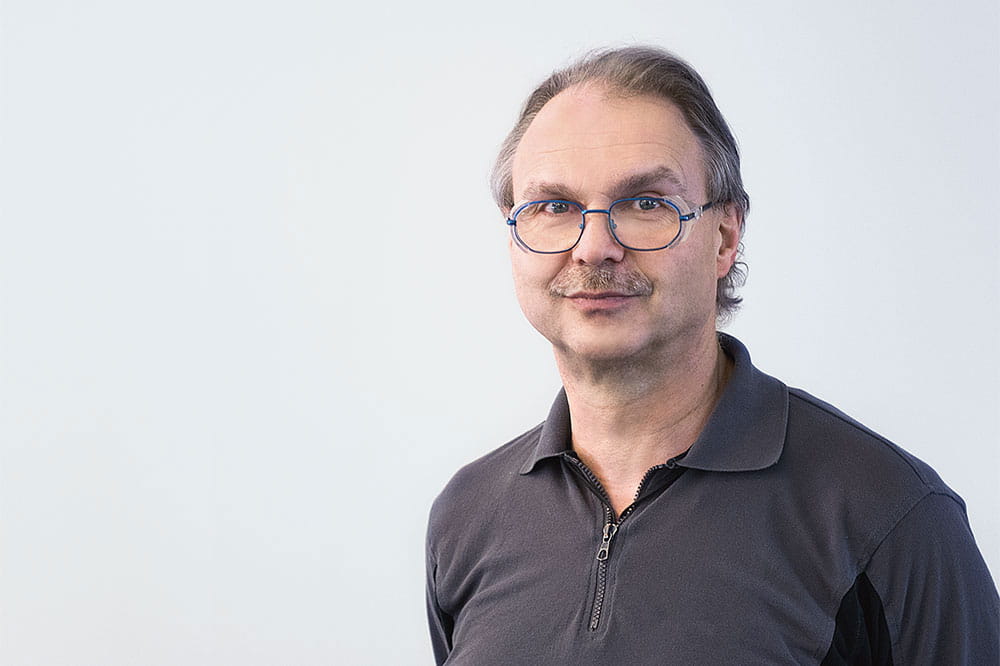
Nonetheless, it is cooler in the manufacturing area than before the restructuring. That’s because the waste heat produced at the injection molding machines is suctioned away with the air and partly used for other processes with the help of heat exchangers. And with smart heat management, the consumption of heating oil has been reduced by up to two-thirds, depending on the time of year. The compressed air supply also deserves close attention. The management of the energy-devouring compressors is now based on demand. Unlike the previous system, just one compressor operates at full load. A second compressor operates variably and ensures that the output actually fits the use. Kaiser programmed the controls himself and built the electrical circuit with trainees’ help. The compressed air travels a long way through the factory on its trip to the energy consumer. The lines are checked weekly because every leak from which the compressed air can escape leads to more work for the compressors – and thus greater electric power consumption. “A small hole that no one notices can cost up to 8,000 euros a year,” he said.
But it is not mainly the savings that drive Kaiser. “Every form of electric power generation is associated with an environmental impact that we have to minimize,” Kaiser said. In his threefamily home, he has long had a mini-combined heat and power unit. So far, the small power station has fed excess electricity back into the grid. In the future, Kaiser plans to charge up the hybrid vehicle that he has already ordered – demand-side management works at home, too.
More news on the subject Renewable Energies

Join Us!
Experience Freudenberg Sealing Technologies, its products and service offerings in text and videos, network with colleagues and stakeholders, and make valuable business contacts.
Connect on LinkedIn! open_in_new